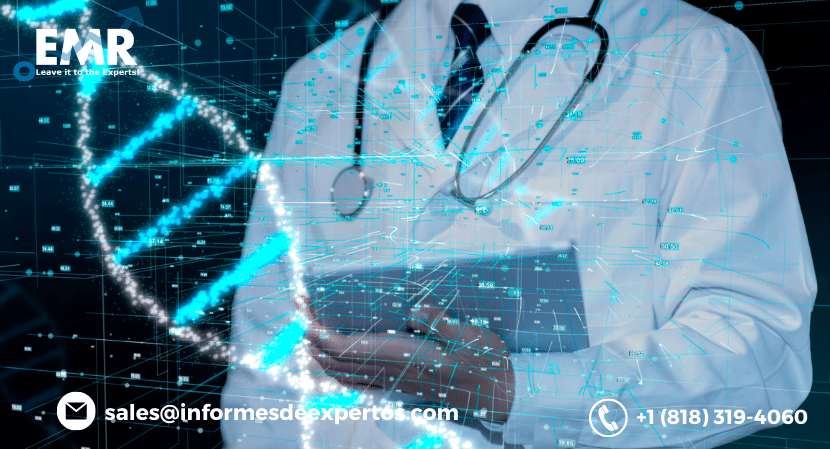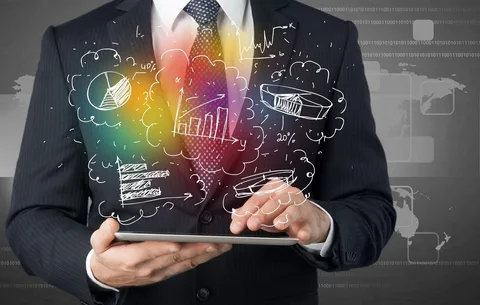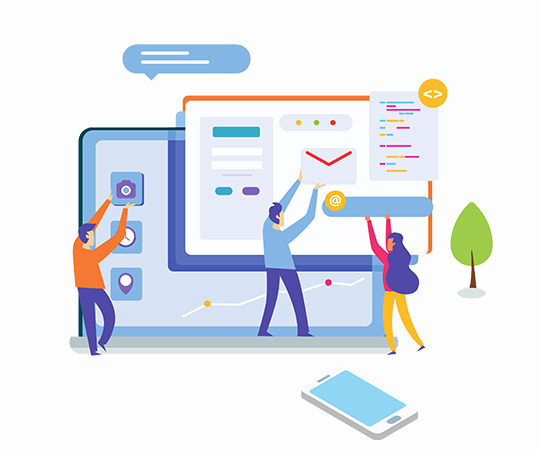With the increase in IoT devices, the data generated through them is rising day by day. While this massive IoT-generated data stored in data centers is a fundamental part of cloud computing, its management and processing are costly and slow. Besides, it comes with considerable bandwidth and latency issues. And this is where edge computing comes into the picture.
Edge computing is a type of computing model in which data gets processed at the edge of the network. It is also known as “Fog computing” This technology addresses a lot of bandwidth and latency issues, thus offering faster, more reliable data in real-time. In this article, we will discuss how edge type computing is taking different industries towards progress.
Edge Computing and IoT:
Edge computing can be considered an extension of cloud computing in which the IoT data is processed at the source where the data gets generated or in the vicinity. This type of computing gets performed regionally, so it doesn’t follow the strict guidelines that cloud computing adheres to.
Edge Computing and its Relevance to Other Technologies
With IoT, Edge-type Computing shares a close-knit relationship with many other digitally borne technologies. Some of the noteworthy ones are:
- 5G: When considering 5G, its relevance to edge computing cannot be understated. One example of this association can be seen in automated or driverless vehicles. Herein, real-time processing is achieved from this type of computing, whereas low latency is achieved from 5G. So, as you can see, one technology can drive others to derive maximum potential.
- Big Data: All IoT information in big data is not valuable. To derive meaningful information from an enormous amount, you need something more. Here, the role of edge-type computing comes into play. This computing method filters the IoT information based on pre-established methodologies and parameters. Once done, the filtered information gets sent to the cloud, thus saving a lot of energy.
- Machine Learning: Machine learning and edge computing associations tremendously improve analytical power and the communication of automated devices. These technologies together help the connected devices react in real time and also help them make better decisions on their own without the need for human intervention. That is what the future of machine learning aspires to be.
How Edge Computing is Different from Cloud Computing
The primary differentiating factor between both is that edge-type computing is time-sensitive, whereas cloud computing processes data that is not time-driven. Clouds are often present at centralized locations where all data processing is done. On the other hand, edge-type computing is utilized in remote geographical areas where there is less or no connectivity to a centralized location.
Moreover, edge-type computing reduces energy consumption, bandwidth, and latency (related to responsiveness), which is a problem when accessing data from centralized cloud locations. There are more advantages to this computing method that scores over traditional cloud computing.
- Diversification Benefit: With the increase in the number of IoT devices, edge-type computing will likely be paramount in ensuring identification and avoiding system saturation.
- Cybersecurity at Core: This type of computing ensures more security than the cloud because there is less data in one cloud location. So even if one data environment gets attacked by malware, you know the damage is minimal.
- High-Speed Processing: Since the data gets processed at the edge (source), it reduces latency, which ensures real-time response. Such a feature is particularly beneficial for automated vehicles and life-saving devices. In a way, we can say that enhances the capacities of cloud computing while still using its capabilities of analysis and improvements.
Mobile Edge Computing Makes Remote Accessibility Possible:
Just like MEC reduces the distance from the edge (source) where the data gets produced, collected, and analyzed. Processing is down virtually rather than in data centers. The mobile edge cloud stores and processes information on wireless devices within the cloud network. With proximity to devices and users, mobile ensures higher bandwidth, lower latency, and faster decision-making and response times.
Mobile computing was first devised to serve cellular network connectivity and was more focused on mobile networks. Later, it evolved to assist various fields like technology, manufacturing, and more. Some examples include:
Autonomous Vehicles:
Fog computing can enable automated cars to be aware of their surroundings, like traffic signals, other vehicles, pedestrians nearby, and more. The high-speed processing ensures that vehicles react in real time, making this new mode of transportation successful.
Video games and other remote services:
The lower the latency, the better the responsiveness and the best performance gamers will get. Through fog computing, AR and VR also get a boost, thus improving remote services like health care, etc.
Automated factories:
Through edge-type computing, industries can benefit from automated production that helps them ensure efficiency, quality, and better interaction between robots and humans, thereby preventing any accidents and their recurrence.
Conclusion
Edge-type computing perfectly addresses the real-world challenges that require robust solutions related to faster processing, insights, and better performance. As per an analysis, this type of computing is the fastest-growing computing segment. And it is anticipated to grow more (around 50% of IT enterprises are expected to move to the edge). But irrespective of the business field you belong to, this computing method is the solution for you.




